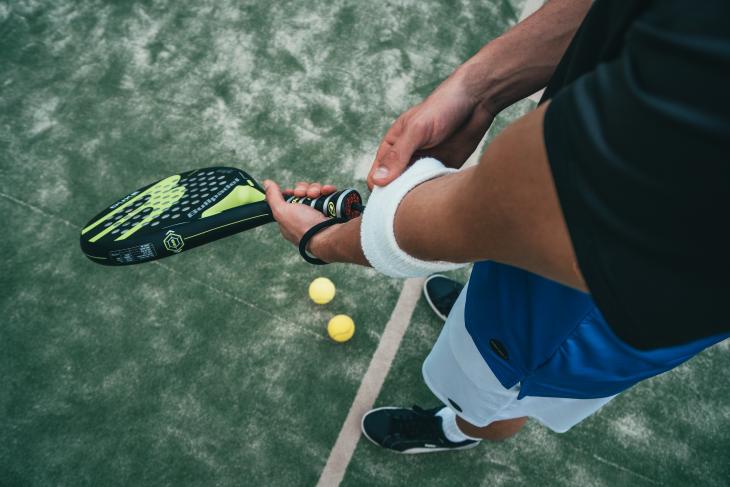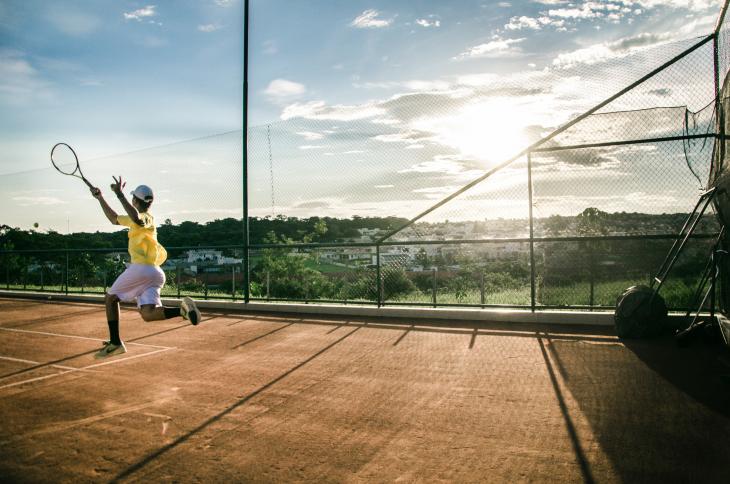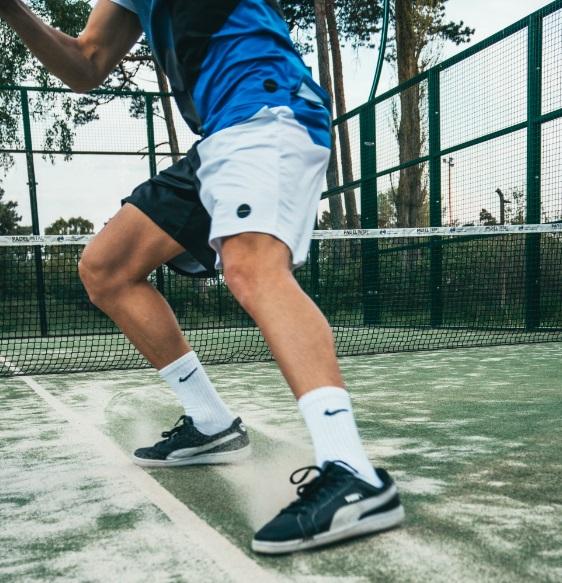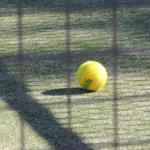Ok so we’re all a little sad that the best tennis competition of the season is over. But, if you’ve recently been inspired by the incredible talent on show at Wimbledon and are thinking about trying your hand at tennis to see if there’s a little Serena about your serve or Nadal about your top spin, then this is the post for you. Here we'll discuss some of the most common tennis injuries encountered by beginners and veterans alike, and how best to avoid them:
Tennis Elbow
Lateral epicondylitis, more commonly known as tennis elbow is an overuse injury of the forearm extensor muscles and tendons as they attach into the bone at the elbow. These muscles are used to bend the wrist back and to stabilize the wrist when the elbow is straight, such as a groundstroke, so are constantly in demand during a game of tennis! “Tennis elbow” is not always caused by tennis, but may also be seen in those who are often undertaking activities that involve a lot of gripping, such as painters or gardeners. It is characterized by pain on the outside of the elbow with gripping and carrying.
How to avoid
- Seek advice of a professional when selecting your racquet, ensuring that string tension is appropriate.
- Enlist the help of a coach- often tennis elbow is a result in inappropriate grip and positioning when making contact with the ball, so small changes to your technique may make a big difference in the longevity of your tennis playing career!
- Ease into it and take breaks. You may think the best way to improve your game is intense practice, but begin with 1-2 sessions per week and gradually build up. This allows your muscles and tendons time to recover and become stronger to deal with this new skill!

Shoulder impingement/rotator cuff tears
The rotator cuff is a group of muscles that stabilize your shoulder joint. As you move your arm up overhead, some of these muscles and their tendons have less room to move about, and can end up getting pinched or impinged if your shoulder blade isn’t moving correctly with your serve or overhead strike. Over time, this can cause a tear of the muscle or tendon. Tears can also be caused by an acute injury, although less common. Symptoms include a deep ache, difficulty laying on that side, and pain or difficulty with overhead movements.
How to Avoid
- As with tennis elbow, technique and correct shoulder blade movement is critical in reducing you risk of injury. Have a coach assess your serve and volley.
- Flexibility of your mid back will also aid correct overhead technique- try to incorporate a stretching routine into your warm up and cool down.
- Again, allow yourself days of rest and ease into it!

Ankle sprains
Ankle sprains are common in many sports, but the sudden change of direction and stop-start nature of tennis make the dreaded rolled ankle a real risk! Sprained ankles typically involved the ligaments on the outside of the ankle being injured whilst trying to stop the foot “rolling in”. The ligaments on the inside of the ankle are less commonly injured.
How to avoid
- Ensure your footwear is appropriate, particularly if you have a history of ankle sprains- tennis shoes will typically be more supportive than your general trainers.
- “Proprioception” or stability exercises can help reduce your risk of sprain. Depending on your current level, this may be practicing standing on one leg with your eyes closed or practicing a zig-zag hop movement or jumping onto unstable surfaces. If you are concerned about the stability of your ankles, it is best to have your physiotherapist assess and then provide a programme tailored to your needs.

Our Barnes Clinic
Our clinic is located in Barnes, South-West London and is easily accessible by public transport.
For more information including parking and other practicalities see our Barnes clinic page
Book an Appointment
Booking an appointment with one of our therapists is quick and easy. There is no long waiting time and you don’t need a referral from your GP.








